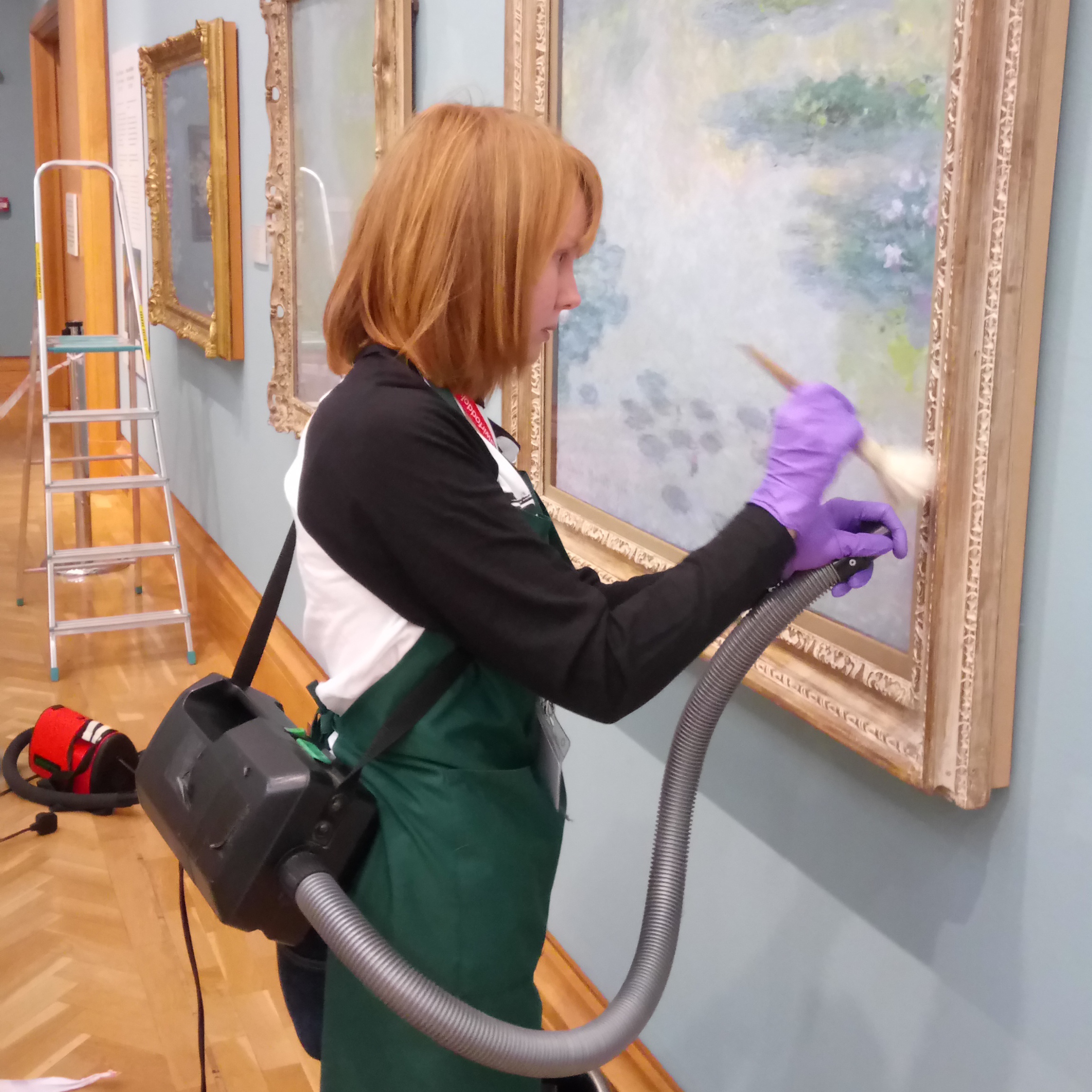Rose Hellyar FRSA asks whether museums can play a greater role in engaging young people with their cultural heritage and history.
In 2017 the British Council undertook its Next Generation UK survey, which to garner the opinions of 2,000 young people aged between 18-30 on their career prospect and the UK’s place on a global scale. The survey posed a number of ‘problem statements’ including how institutions could help young adults to engage in the world and achieve their goals? When it came to the role of educators, the results showed that young people felt the need for teaching standards to be improved: 46% of the participants said that the schooling structure gave them little to no life skills, with questionable stability or progression.
Do findings like this have implications for museums and museum conservation, which are seeing a reduction in attendance by young people? According to the Museums Change Lives Initiative, the engagement of young people in informal learning museum programmes can help create a sense of identity and place. In addition, UK policy, particularly in Wales, acknowledges the important contribution that cultural and heritage bodies can play in exposing children to alternative career paths. By engaging with museums young people can also expand their knowledge of history and place.
Museums need to do more to engage the younger generation if they are to flourish. According to Ben Cowell from the National Trust, during a talk at a conservation conference at University College London there is a requirement for “getting more people interested in museums and heritage might have longer term benefits for conservation. It can encourage a lifelong interest in the arts and humanities, leading to an understanding and respect for objects inherited from the past.” In other words, young people will benefit from the learning experience and gain a better understanding of the objects and the stories they tell. Figures released by the Department of Culture, Media and Sport in 2017, the past few years has seen a rapid decrease in any public interest in museums, let alone conservation. In 2015/2016 there were 47.6 million visitors to museums, a decrease of 6% from the previous year (a 14% decreased when it came to children and young adults.)
Several reasons are given for this from economic issues and rising fear levels due to the terrorism events of 2017, to technological advances. My experience at the National Museum of Wales, Cardiff suggests there are reasons to be more hopeful. Of the 370,630 visitors each year, I would estimate that at least 5% of the public express interest in the work that the volunteer conservation team are doing. Which also forms part of the problem as voluntary positions provide no substantial wages for young people to live off.
Over the next year, I will be working to learn more about what lies beneath my anecdotal experience and to ensure that the public are able to get as much out of the museum and learn how we can do more to engage people. This could be through presenting public talks about conservation practice and the exhibits to museum visitors, including school children as well as regular conservation open days where the public get to interact with the challenges that conservation face. The challenge will be to show that museum conservation can support that wider learning challenge and hold part of the key to unlocking youth learning that creates respect and knowledge.
Rose Hellyar has experience within the field of Museology, including preventive conservation of museum collections, curating and museum fieldwork in Washington DC and is pursuing a career within the creative and cultural heritage industry.

Join the discussion
Comments
Please login to post a comment or reply
Don't have an account? Click here to register.
Hi Rose, I read your article with interest as I'm looking at design outputs that could encourage participation in cultural education, especially for family visitors. I've been taking a lot of inspiration from Jane Lave, Barbara Rogoff and Etienne Wenger's work on the social dynamic influences on cognitive development. I'm also interested in free-choice environment learning written by John Falk and Lynn Dierking. They talk about models including contextualised learning, expert-novice transferring of knowledge (e.g. apprentice model) and theories on community of practice. I have no doubt that museums as institutions are well positioned to form that learning community for young people, especially those who are beginning to consider different career opportunities.
I wonder if you've visited the Exploratorium in San Francisco? Their exhibition technicians' room and conservation (?) labs were part of the display for visitors to see and gave a visual gateway to young visitors exploring career paths. Controversies aside, they run a hugely successful Thursday late nights where the museum essentially becomes a semi-club catering to over 21s (they set up bars amongst exhibits). I was impressed with the age and diversity of the audience and more importantly that they were looking, experimenting and talking about the exhibits.
I also work with a cultural research institute where we have invited master craftsmen from Japan to hold demonstrations. These were hugely popular and oversubscribed, but personally, I was a bit disappointed by the lack of diversity of the audience. The people who first hear about it and booked the seats are the 'usual suspects' of older and affluent individuals. Not many young people there...that said, we have done workshops at art universities and I felt that that had very good traction.
It would be interesting to hear more about your work. I come from a design background, so a bit different from you, but am interested in how families communicate experiences and facilitate deeper engagement in cultural spaces.
Thanks!